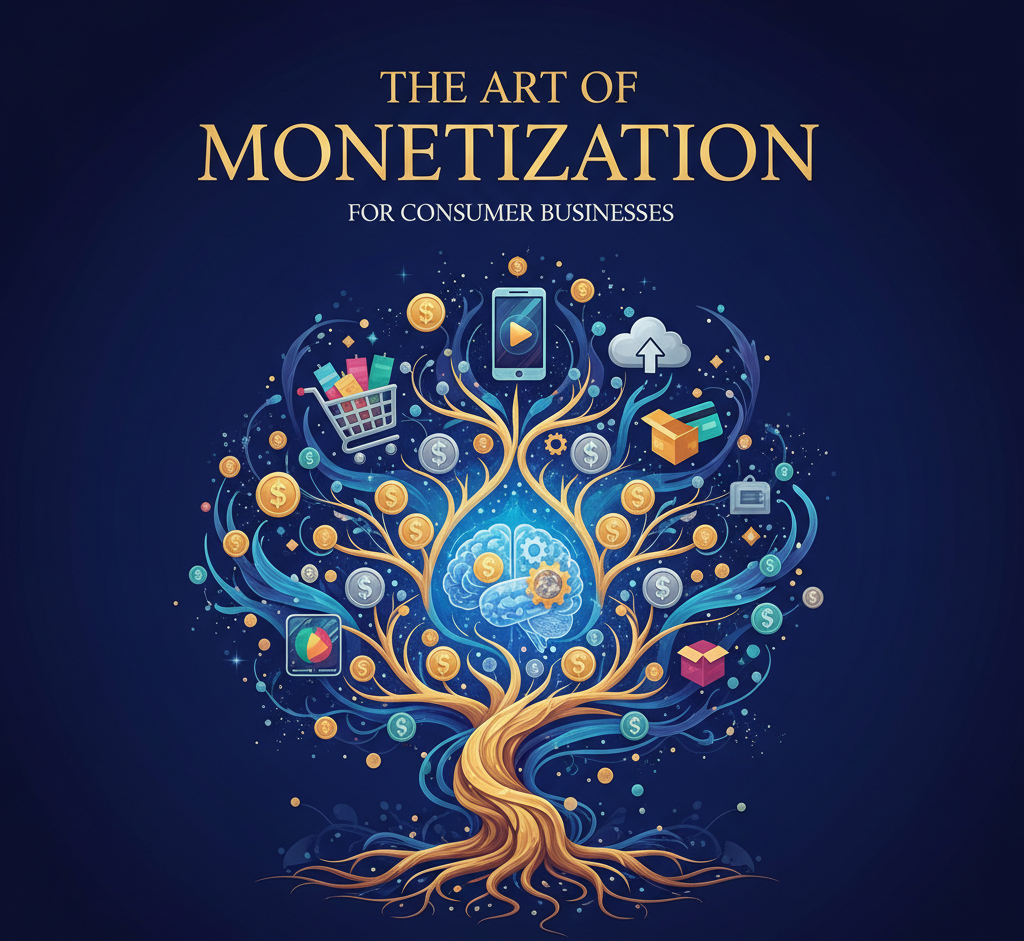“Data, data everywhere, nor any insight to think!”.
Irrespective of where we are and what we do, there is a lot of data from all the things we do. We live in an era of data revolution; but we often lack the insights! In general, organizations in different industry segments leverage data differently. Industries that work directly with end consumers have a lot of data arising from these interactions. And organizations that have built capabilities in the data science space have over time found out that insights from the data can bring significant competitive advantage. Some industries with high data incidence include banking, insurance, healthcare, retail and so on. Of course, organizations are at different levels of maturity when it comes to how they leverage data.
Retail is one of the industry segments with very large volumes of data and organizations are highly polarized on data capabilities; some have made great strides in the last decade when it comes to leveraging these large volumes of data to derive meaningful insights and others have not started the journey yet.
Success in the retail business is all about speed and depth; not only about being able to act and react fast but also being able to develop a deep understanding of the consumer and leverage this in various actions.
Winning in the retail business is about ensuring the customer adds one more product to the basket, the consumer makes one more trip to the physical or digital channel and the customer buys a product of higher value for the same need. In a business with high operating costs on rental and people and a constant margin pressure, a small improvement in every transaction, compounded across millions of transactions can make the different between shutting the doors to operating profitably.
In this context, leveraging data becomes very critical in the retail world. It is the only gateway to developing a deep understanding of the consumer and their behavior and being able to adjust the operations of the organization to deliver the best returns. Data that is available from the day today operations as well as syndicated data can be used across functions; be it merchandising, inventory, supply chain, promotions planning, pricing or loyalty or very many processes and functions that work together to deliver a great customer experience. Let us look at a few examples in the retail context:
- Point of sale data: This is available with almost all retailers today and can provide insights into what customers bought, how often, what products did they buy together, over time did they start to buy more products, did they upgrade and start to buy products of higher value for the same need or function, is there a way to segment customers with similar characteristics when it comes to their purchase pattern; there are so many more questions that an analysis of this data can answer, providing deep insights on customer behavior.
- Loyalty data: As a participant of a retailers’ loyalty program, customers share data on household size, income, age, address and many other such variables. A retailer knows a lot more about a customer who participates in a loyalty program and can link up the many shopping trips; it is rich data that can be used to understand shopping behavior and link it to various events in the customers’ life and predict what future behavior could look like. This helps share more targeted communication on products and promotion and thus engage the customer much before they realize the need for a product or service. We have earlier discussed the value of the two variables – customer engagement and experience to deliver superlative satisfaction to customers; Customer experience: The path to satisfaction
- Supply chain data: There is a lot of rich data from various activities in the supply chain; costs and service levels at every stage of supply chain activity can help build or transform a supply chain to ensure it is built for the customer behavior in the market. A cost optimized supply chain built to meet a targeted customer service level, helps improve the customer experience many times over by ensuring availability, providing lowest cost on the last mile and thus a competitive price to the customer, offering predictability on services and so on.
- Pricing data: Customer’s reaction to pricing is best determined by price changes and its impact on sales. A product or service could be bought by customers belonging to many different segments with very different reaction to price changes, ranging from inelastic to highly elastic. Analyzing this pattern helps understand and predict what customers behavior could be towards price changes in the future. This could further be extended to understand how customers react to promotions, be it price discounts, cross promotions or others.
- People data: All of the above examples are closely related to business transactions. What if we leveraged data available of co-workers or employees to understand their mood on the shop-floor and how it impacted sales. If we could leverage analytics to understand the linkage between employee engagement and sales or sick days or absenteeism, it presents a new dimension on how data could be leveraged.
There can be many different ways in which retail organizations can leverage data and derive meaningful insights across many different functions and customer interactions and this can be a competitive advantage for retailers in an environment where everyone is competing for customer mind share.
If you are a retailer who has not embarked on this journey, there is an urgency to prepare for the journey at the earliest and there are three important considerations. Firstly, it is important to develop a point of view on what areas are most important to the business, where data of the right quality is available and where insights could make a big impact. Secondly, the question is of capability creation – is this something that an organization wants to build in-house or is it better to leverage existing capabilities in the market? Finally, what is the time-frame in which an organization would like to start seeing results from such an endeavor which also inherently answers the question on what actions can be triggered based on the insights. It is important to acknowledge that it is a journey and there is a need for a medium to long term road map to see the right results along the way.
For an organization that is already on this journey, the question is more on what results have been derived from such an endeavor and is there a need to course correct or look at the next horizon of transformation that can be unleashed.
The best quotes on data sum it up well; “Without data, you are just another person with an opinion”; and “Things get done only if the data we gather can inform and inspire…”. But, in the end, “Insight without action is worthless”.







Leave a Reply